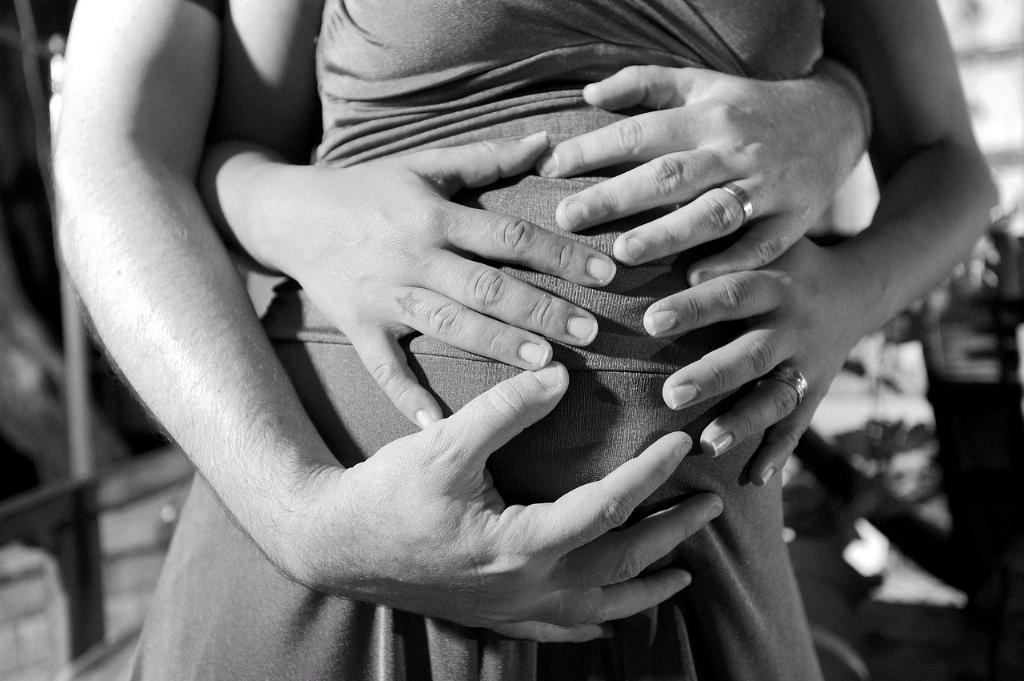One of the most common misconceptions surrounding labor and delivery for women who have previously undergone a C-section is the belief that they cannot deliver naturally after having had a cesarean. However, the reality is quite the opposite, as many women are eligible for and successfully have a vaginal birth after caesarean (VBAC).
Understanding VBAC Eligibility
When considering whether VBAC is an option for you, it is essential to consult with your healthcare provider. Factors that may influence your eligibility for a vaginal birth after caesarean include the reason for your previous C-section, the type of incision made during the surgery, and any existing medical conditions that could affect your pregnancy.
Risks and Benefits of VBAC
Just like with any medical procedure, there are risks and benefits associated with attempting a VBAC. While VBAC is generally considered safe for many women, there is a slightly increased risk of uterine rupture compared to elective repeat C-section. Your healthcare provider will discuss these risks with you and help you make an informed decision regarding your birth plan.
The Importance of Individualized Care
Every pregnancy is unique, and what is right for one woman may not be the best choice for another. That’s why it’s crucial to work closely with your healthcare team to develop a personalized birth plan that takes into account your medical history, preferences, and individual circumstances.
Educating Yourself About Your Options
When considering VBAC, it’s essential to educate yourself about the process, the risks, and the potential benefits. Being well-informed can help you feel empowered and confident in your decision-making regarding your birth experience.
Support and Encouragement
Having a strong support system during your pregnancy and birth journey is key to a positive experience. Surround yourself with people who uplift and encourage you, and don’t hesitate to seek out resources such as childbirth education classes or support groups for women considering VBAC.
Listening to Your Body
Throughout your pregnancy and labor, it’s important to listen to your body and communicate openly with your healthcare team. Trust your instincts and advocate for yourself if something doesn’t feel right. Your voice matters in your birthing experience.
Preparing Mentally and Emotionally
Preparing for a VBAC involves not just physical readiness but also mental and emotional preparation. Take time to process any fears or anxieties you may have about childbirth, and consider seeking counseling or therapy if needed to address any lingering concerns.
Choosing What Feels Right for You
Ultimately, the decision to attempt a VBAC or opt for a repeat C-section is a personal one that should align with your values, goals, and wishes for your birth experience. Trust yourself to make the choice that feels right for you and your baby.
Celebrating Your Birth Experience
Regardless of the mode of delivery, the moment you meet your baby for the first time is a truly special and unforgettable experience. Embrace the journey, celebrate your strength and resilience, and cherish the incredible journey of bringing new life into the world.
Conclusion
In conclusion, the idea that you can’t deliver naturally after a C-section is a myth that should be debunked. Vaginal birth after caesarean is a viable option for many women and can result in a positive and empowering birthing experience. By working closely with your healthcare team, educating yourself about your options, and trusting your body and instincts, you can make an informed decision that aligns with your wishes and values. Remember, every pregnancy is different, and what matters most is the health and safety of you and your baby.

